Prairie Sentinels: Willingdon Alberta
It’s the last one in Willingdon Alberta and one of the very last wood grain elevators built in the entire province. While adapted for the era, it’s not all that different in form and construction from prairie sentinels dating back to the early 1900s. It’s old school tech and came to the party a bit late.
There used to be close to seventeen hundred of these scattered across Alberta and now only a handful remain. Something over a hundred, but not many more. The oldest extant example almost goes back to the time of provincehood and the newest, from the 1980s. This example’s one of the newest. There were once thousands more in other prairie provinces and similarly a lot less today.
Prairie Sentinels: Willingdon Alberta – one of the final ones built and the last in town. ‘Vator exploring with Chris Doering & Connie Biggart (BIGDoer/Synd)
Do the same…
Of the wood grain elevators still standing, few are used in the commercial sense, and many, like the example here, have been repurposed by farmers to be used for grain storage. It’s a cheap, easy solution and accounts for the survival of many that otherwise would have been doomed.
Willingdon is about a hundred and twenty kilometres northeast-ish of Edmonton, with a population of about two hundred and fifty. The town sprang to life with the coming of the Canadian Pacific Railway (its Willingdon Subdivision) in the late 1920s, and this line served the community into the early 2000s.
A pretty typical “grain branch”, it ran from Edmonton to Lloydminster near the Saskatchewan border and trains we’re usually modest length and infrequent. Except when commodity prices were high and then it could get busy.
The elevator stands where built in 1985 and the grassy area around once home to a small rail yard. The building was only in use, in the commercial sense, for about fifteen years before it all ended.
By the time it was built, the era of the wood grain elevator was rapidly coming to a close. Many were constructed into the early 1980s, but by mid-decade it was pretty much over. Only one or two others followed (reports differ) with the last built in 1988. That one’s about sixty five clicks away as the crow flies and it’s still standing too. Maybe one day we’ll drop by and pay a visit.
Our elevator here was built for the Alberta Wheat Pool, one of he big players in the field, and still wears company colours. For a brief year or two, near the end of its commercial service, it flew the Agricore flag, which came about as a merger of the Pool with some rivals. The late 1990s and early 2000s saw much upheaval in the industry, with sweeping change and merger after merger taking place. It was pure chaos for a time and many grain dependant rail lines were abandoned in the melee.
Many wood grain elevators were lost about this time too, and in their place came the inland terminal. These loaded grain on a grand scale. Where as your traditional wood grain elevator might fill a few cars at a time, these could do a whole train in a single pass. The elevator seen here is sort of transitional and better than older elevators in that regard, but still hampered compared to today. They had a two track loading system, where as most older ‘vators used one. Modern ones use a loop track and load the train while it’s still moving.
These newer terminals sit along busy mains or the few secondary lines left and are often some distance from where grain is harvested. Wither the lowly prairie branch, serving every small town, and now it’s done on such a large, impersonal scale. A Willingdon area farmer has to dive at least forty minutes to take their grain to market. Then wait in line. Then come home and do it all over again.
That a wood grain elevator got built at this late date might seen extraordinary, but it’s of a proven design, so it made sense. The industry had experimented with new styles (for example: Grain Elevators of Magrath and Buffalo 2000) but had yet to find the magic formula. Then in the 1990s inland terminals (usually of concrete and/or steel) came on the scene and the rest, as they say, is history.
This elevator is pretty much the same in form and function as older examples, but in appearance differs a bit. Where as older ones had the distribution conduits enclosed in a cupola, here they’re outside and exposed. It’s a good size one too, compared to most of its contemporaries. Still, it’s tiny in relation to what’s out there today.
The elevator has two large annexes and it’s believed these buildings were salvaged from earlier Pool elevators that once stood nearby on this same hunk of land (more in a moment). An annex is a simple crib addition that economically increases capacity and here they saved even more money by recycling older ones.
The elevator has a spacious driveway designed specifically for larger trucks then coming into use at the time. It accommodates current trucks too. Many older elevators were hampered by tight clearances in the unloading area, which might have been designed for small pickup sized grain haulers or even horse-drawn wagons.
There used to be a fair-size elevator row down here by the tracks, just south of bustling downtown Willingdon. Most date back to the early days (late 1920s) and owned by such storied firms as Pioneer Grain, Searle, National Grain and United Grain Growers. That’s along with a number of lesser known players too.
The Pool had three former facilities here, one company built and two acquired via mergers or second hand. All were torn down to make way for the present elevator.
By the 1970s it appeared only a few elevators remained in Willingdon and by time the railway pulled out just over a couple decades later, the total may have dropped by one*. Now there’s only the building seen here and it seems oddly out of place. The railway is no more, the Pool is history, and the town is much quieter now.
*The local history book isn’t entirely clear (a common shortcoming with these), so it’s a best-guess. Old timers we spoke with weren’t completely sure either, but if you know, we’d love to hear from you.
Know more (new windows): Willingdon Alberta and Wood Grain Elevators Alberta.
Be sure to stop by often to view new and interesting content posted regularly.
They’re saying…
”I enjoy history so really enjoy the pictures and back stories.” Ted Swanson.
The former Willingdon Train Station is seen in this post…
Shandro Village.
More later model wood grain elevators…
Herronton.
Prairie Sentinels – Hussar Alberta.
Prairie Sentinels – Rosedale Alberta.
If you wish more information on what’s seen here, don’t hesitate to: contact us!
Date of Adventure: May, 2021.
Location(s): Willingdon, AB.
Article references and thanks: Book – History of Willingdon, 1928-1978, Geoffrey Lester and the community of Willingdon Alberta.
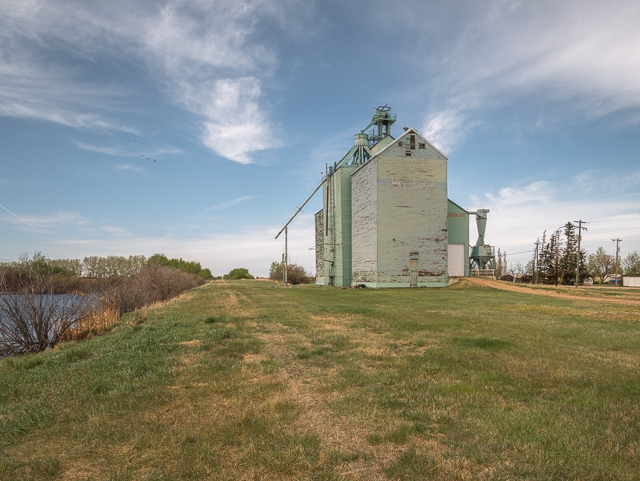
The last prairie sentinel in Willingdon Alberta.
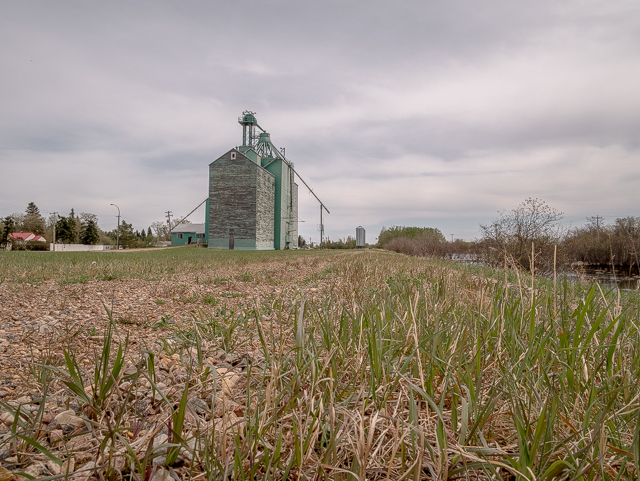
Also one of the last wood grain elevators built in Alberta.
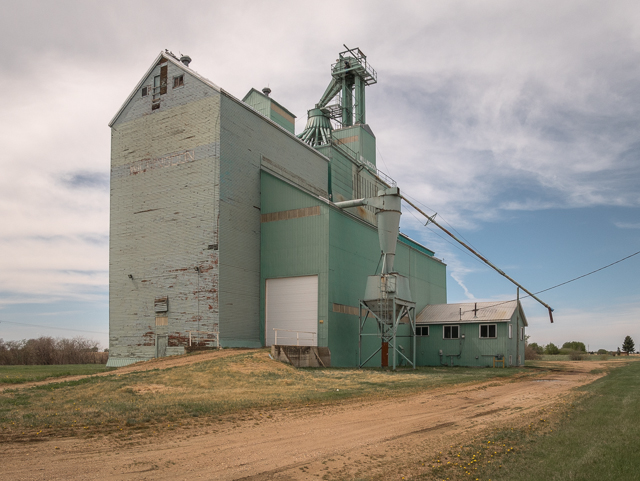
Still in “Pool” colours.


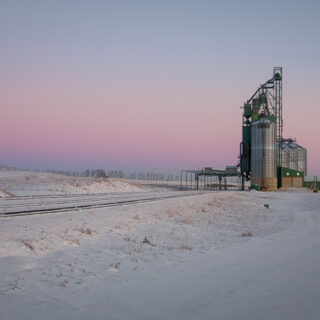
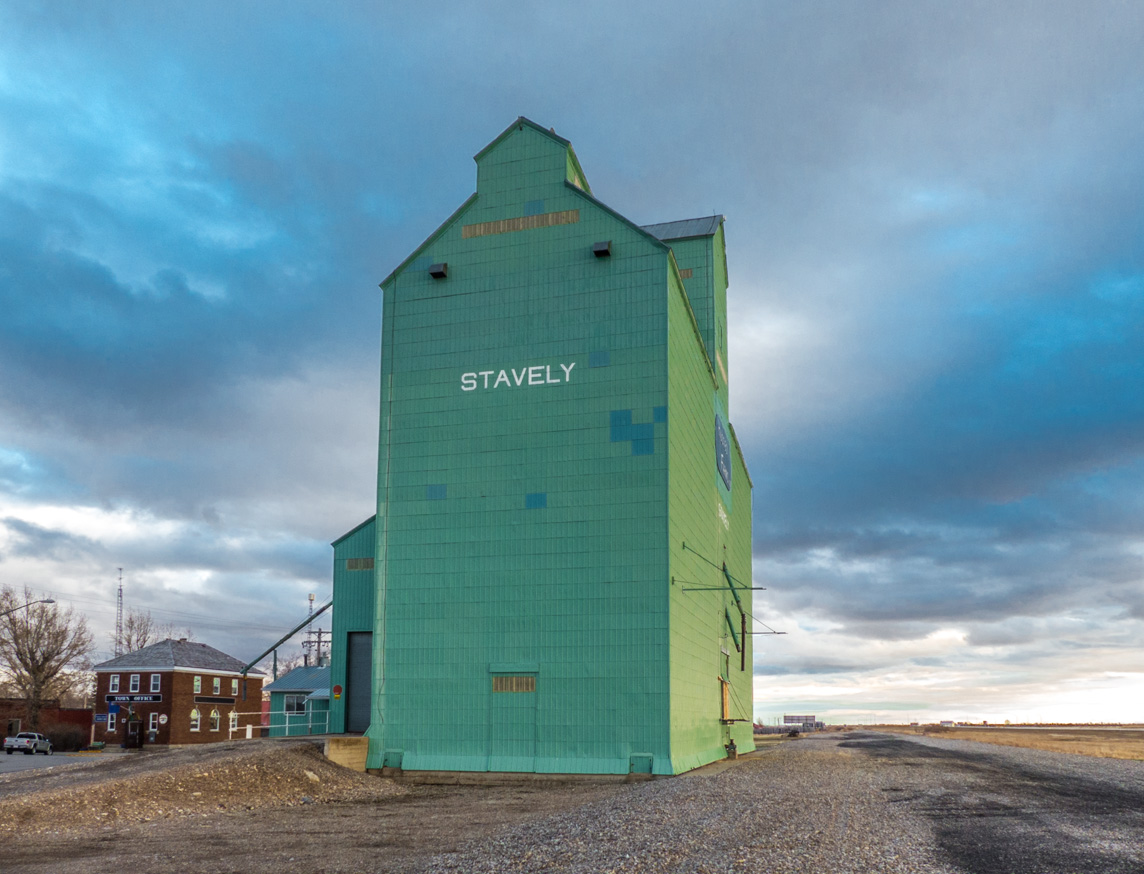
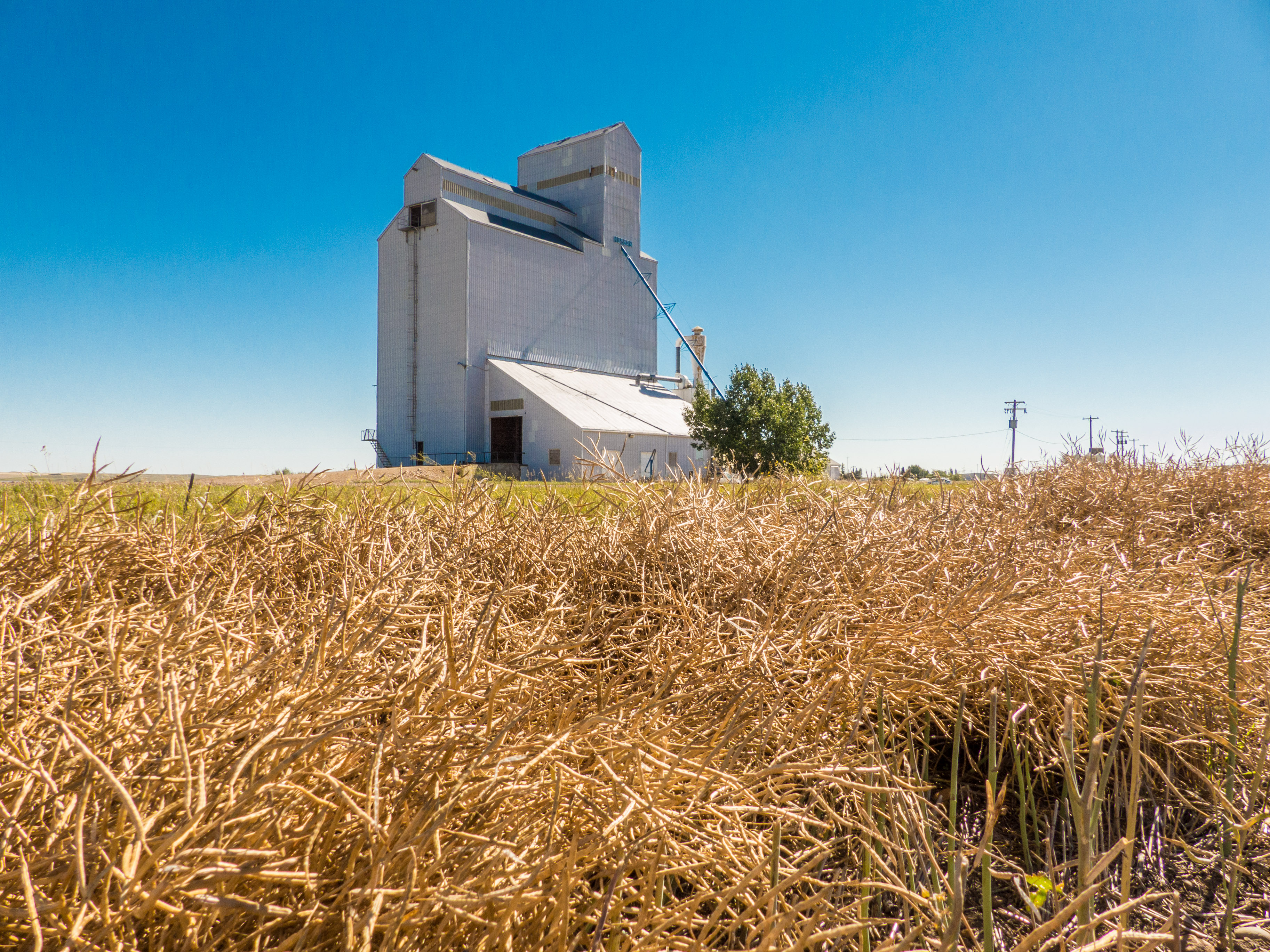
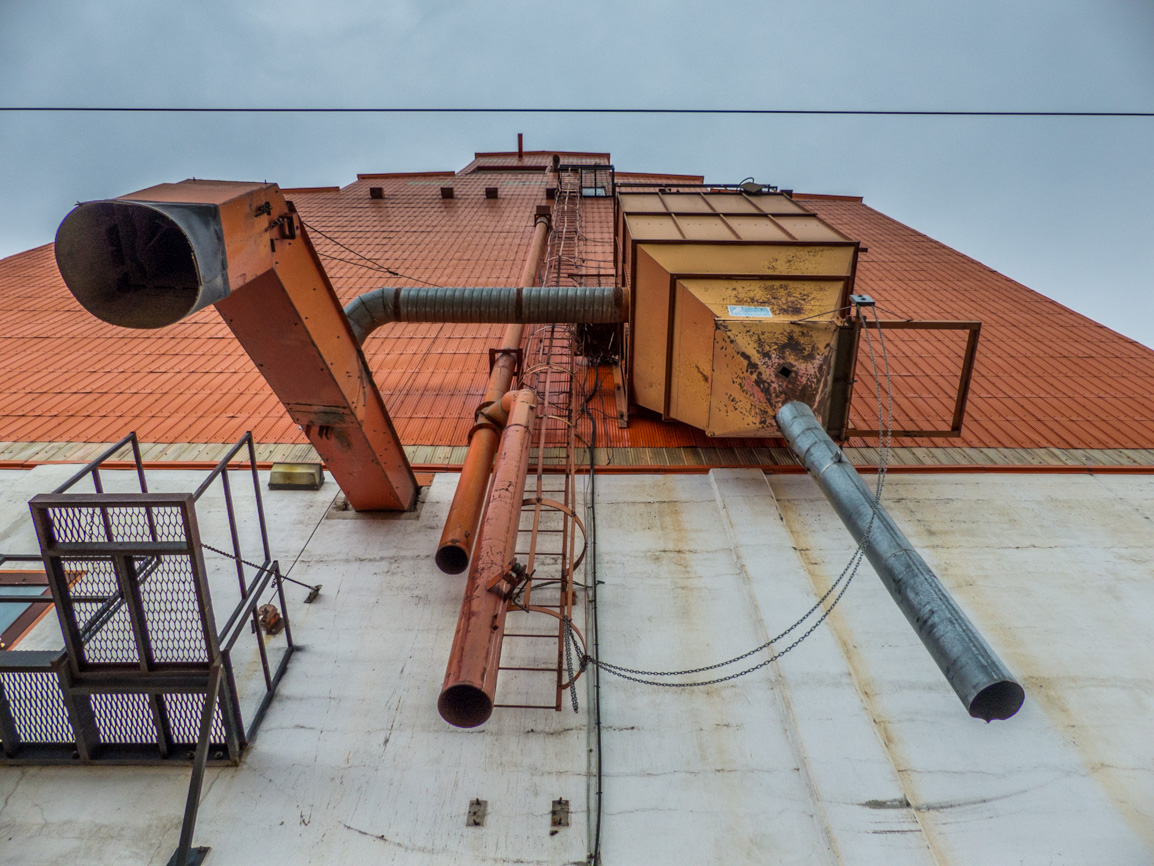
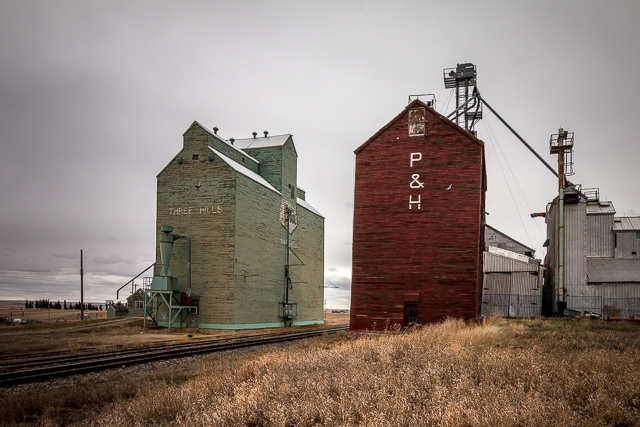
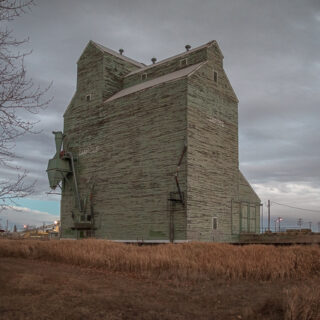
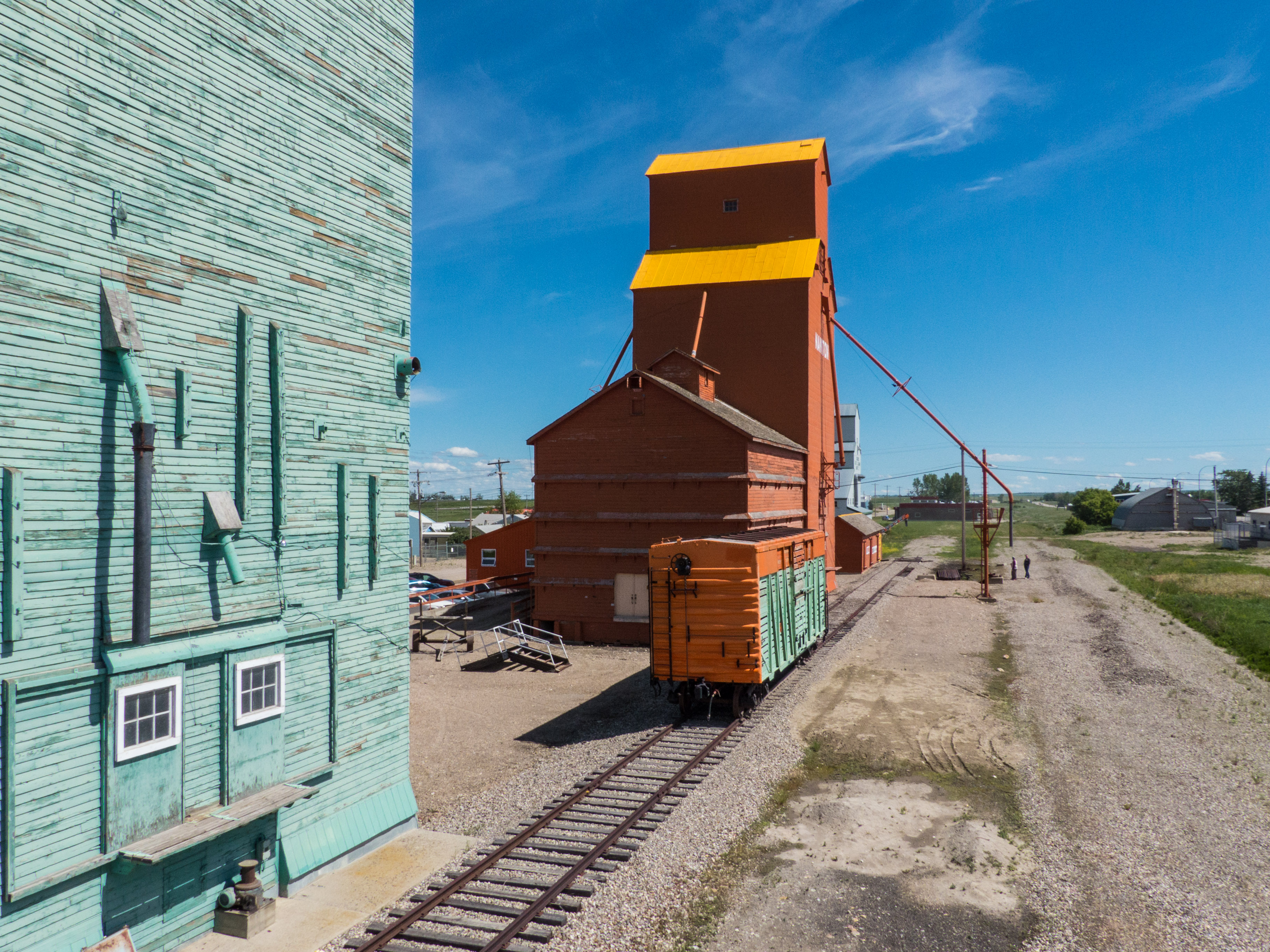
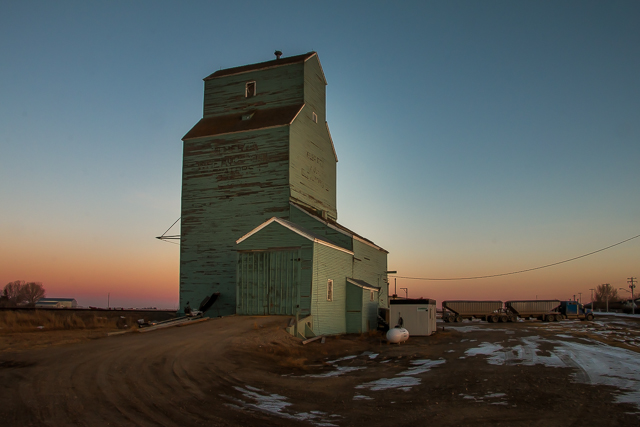
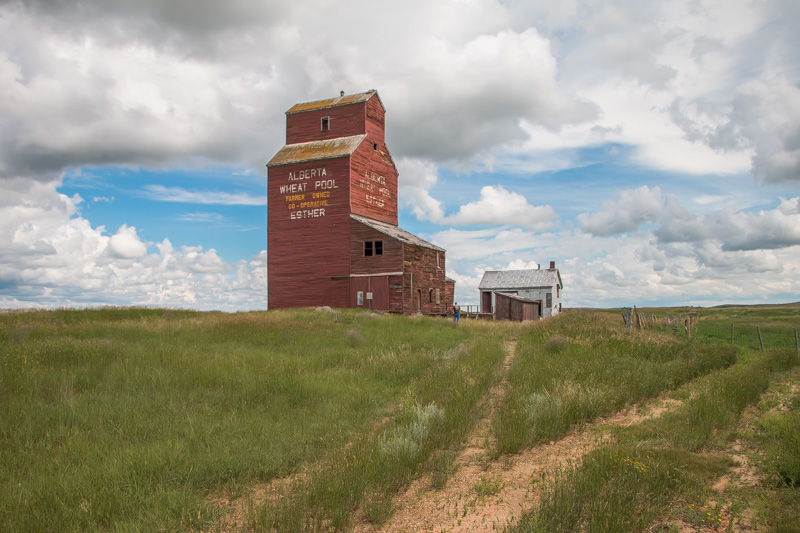
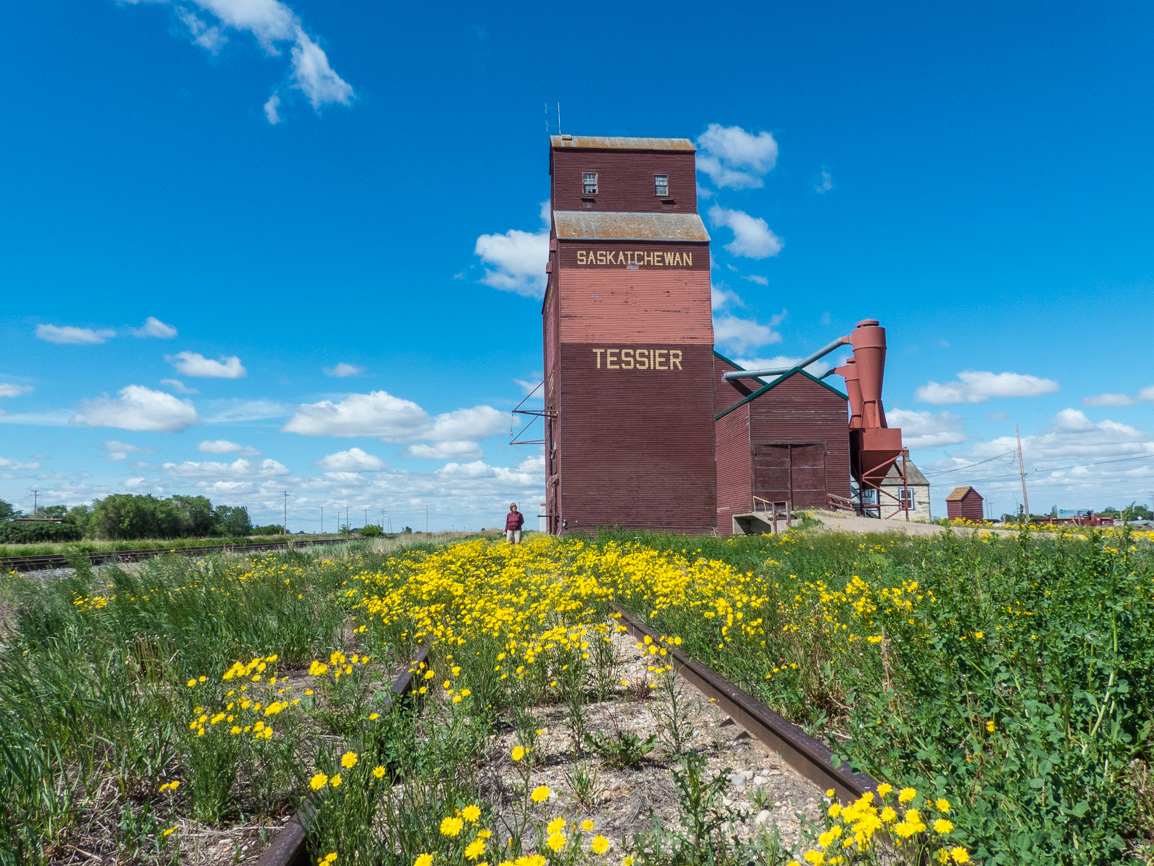
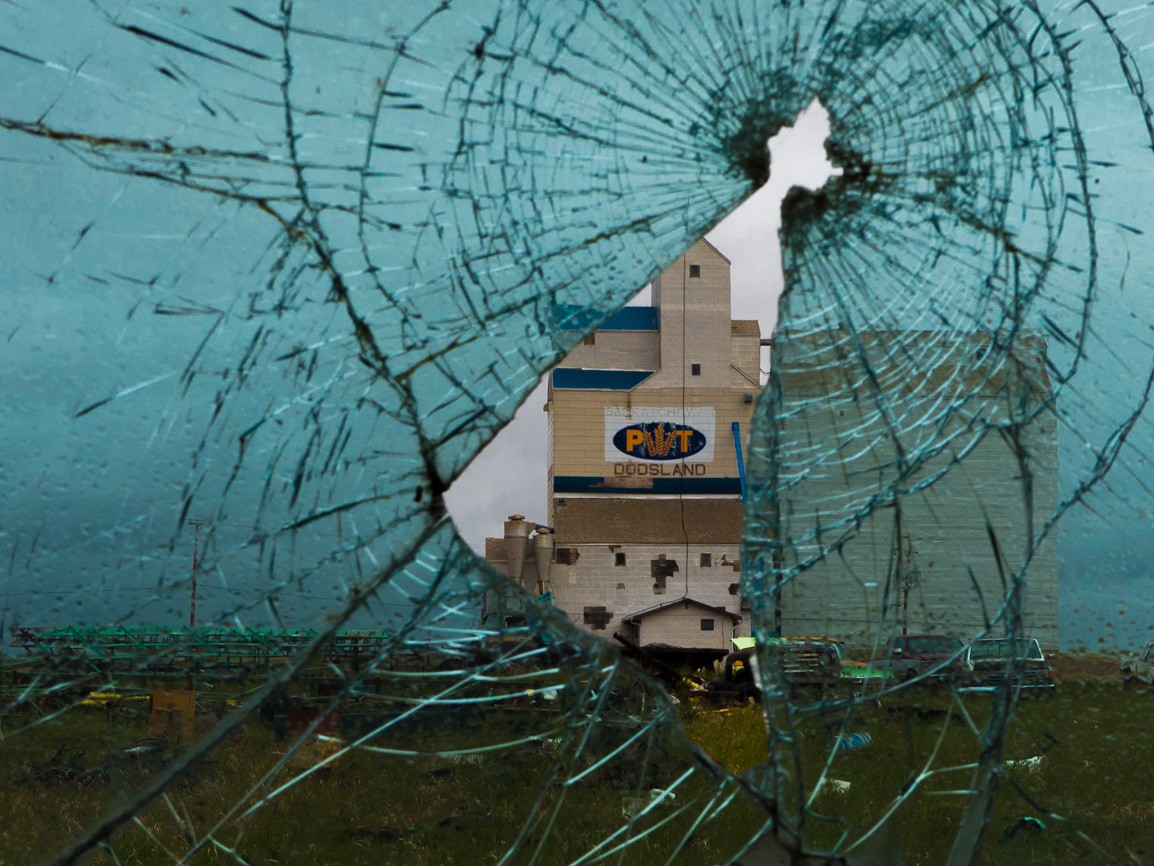







In my documentation from AB Heritage, it mentions the annexes were built in the early 1960s (63/65) so probably salvaged off other elevators and added to this one (as you mentioned in your article).
Thanks for adding to the story!